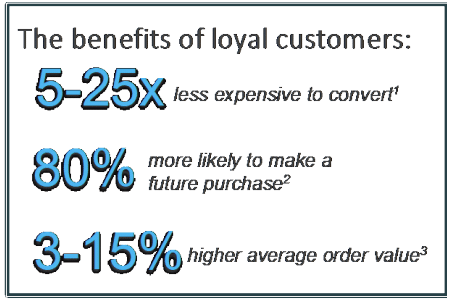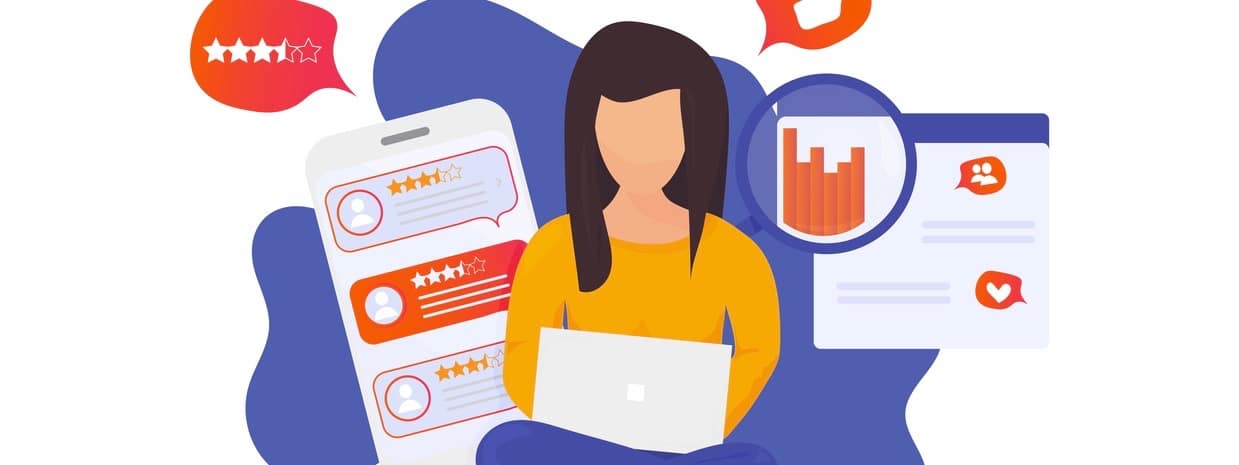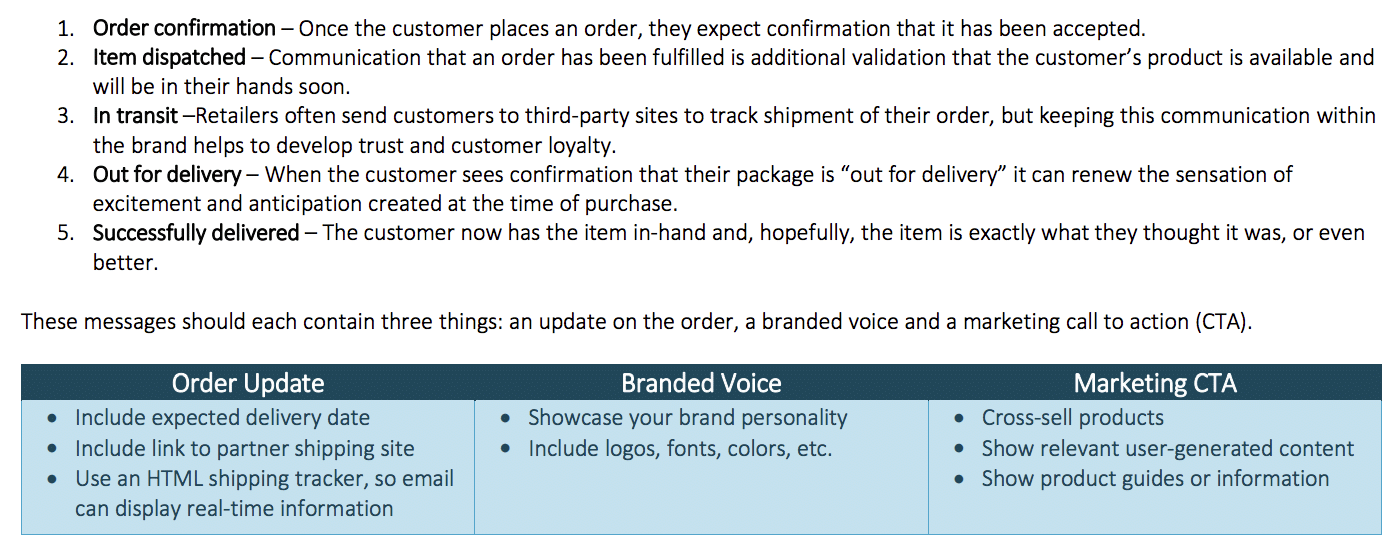Consumer research has shown that a returning customer is less expensive to convert and has a higher average order value than a new shopper—so it’s no secret that returning customers are better for your business than new customers. So why are so many retailers focused on measuring total sales and comparative sales, while customer loyalty strategies and retention aren’t getting the attention they deserve? Retail management consulting firm BRP set out to get some insights with a new research initiative.
 “Retailers are focusing more attention on customer acquisition than loyalty. While acquiring new customers and driving top-line sales are important, building long-term relationships with customers is imperative for healthy long-term performance,” said Jeffrey Neville, senior vice president and practice lead at BRP, in a news release. “Paying more attention to the post-purchase experience and measuring its impact on sales, will increase the lifetime value of customers and maximize total revenues and profits.”
“Retailers are focusing more attention on customer acquisition than loyalty. While acquiring new customers and driving top-line sales are important, building long-term relationships with customers is imperative for healthy long-term performance,” said Jeffrey Neville, senior vice president and practice lead at BRP, in a news release. “Paying more attention to the post-purchase experience and measuring its impact on sales, will increase the lifetime value of customers and maximize total revenues and profits.”
According to early results from the firm’s 2018 Digital Commerce Survey, most retailers have key performance indicators (KPIs) for sales, average order value, comparative sales and conversion rates—however, less than half of retailers measure customer loyalty through customer satisfaction (net promoter score), customer retention and post-purchase customer survey results.
Five major stages in the delivery process, and accompanying CTAs:
“What retailers should really be focused on is RFM—recency of a purchase, frequency of the purchase and the monetary value of the purchase,” said Ken Morris, principal at BRP, in the release. “For many years, this has been the mantra for successful omnichannel retailers, but it appears that the new economy has different metrics. Maybe we need to go back to the future.”
According to BRP’s newly released Best Practices for Enhancing the Post-Purchase Experience report, your customers’ most recent experience with your company impacts the feelings they share with friends and family and the relationship they have with your brand. The satisfaction level during the post-purchase experience has a direct correlation on a customer’s decision to buy again, or not.
Setting customer expectations before they click buy—Shopping cart displaying delivery date range:
Retailers that meet or exceed post-purchase customer experience expectations create a unique brand experience that customers will “share” with others personally and on social media. Exceptional post-purchase customer experiences also inspire customers to build long-term relationship with brands.









